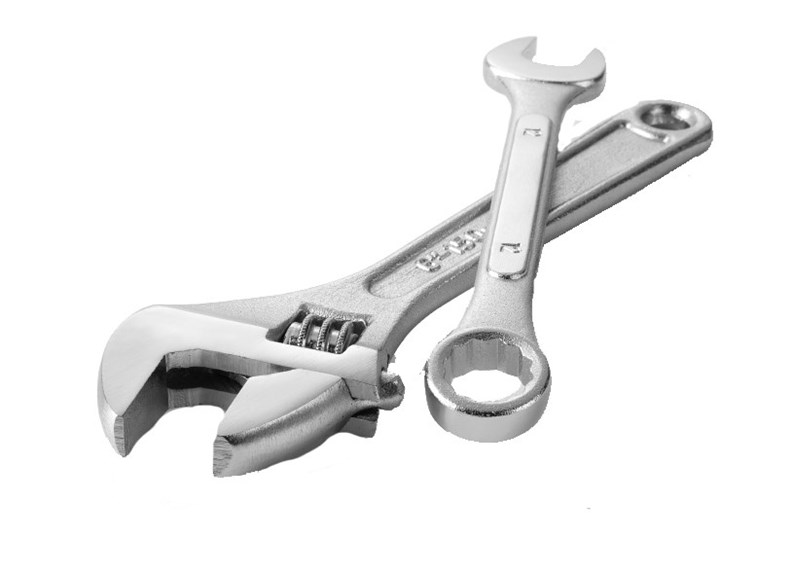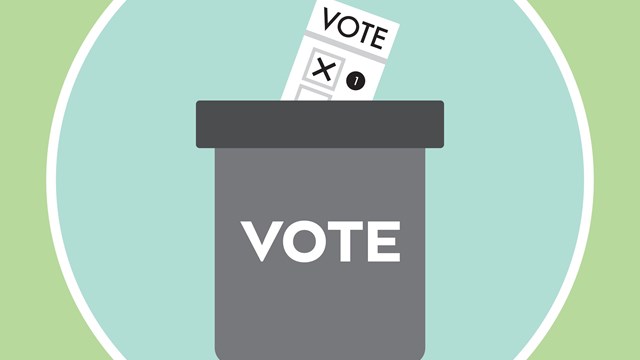Mold (microscopic fungi that live on plant or animal matter) isn't a late 20th century plague. Mold has been ubiquitous since the beginnings of life itself. It is a critical part of the ecosystem, providing the enzymes that break down and recycle organic matter. The estimated number of species of fungi ranges from tens of thousands to more than 300,000. Fewer than 200 have been described as agents that can cause or exacerbate a human ailment.
Mold requires moisture, oxygen and a source of food to thrive. Mold growth is stimulated by warm, damp and humid conditions. Mold will feed on cellulose material such as wood products (including paper, wallpaper, boards, furniture) carpet, and even plants - especially decaying plant matter that drops in soil. Greenhouses, for example, are ideal breeding places for mold. Mold spreads and reproduces by making small, lightweight spores that are able to travel through the air and are capable of surviving a long time through adverse environmental conditions.
The presence of mold doesn't automatically mean there's a human health problem, especially when the levels of mold in the indoor air are less than levels of the same mold type in the outdoor air. Mold is always found in outside air; the majority of fungi in the indoor environment come from the outdoors. And as such, outdoor air sampling must always accompany indoor air sampling. Even then, test counts only suggest the types and relative quantities of mold present at a certain time and place. The weather is constantly changing. The number and types of spores actually present in the mold count can significantly change within a 24-hour period because weather and spore dispersal are directly related.
For example, some common molds have dry spore types (spores are released in dry, windy weather). Other molds need high humidity, fog or dew to release spores. Rain can wash larger spores out of the air and cause smaller spores to be released. Spore populations also differ in day and night time (dry spores favor day time; wet spore types thrive at night).
Mold spores themselves are not usually the source of irritation to humans. Allergies and ailments may arise from elevated levels of organic compounds emitted by spores. Known irritants are also called mycotoxins. However, objectivity in determining bodily injury is almost impossible since these compounds affect different people in different ways at different times and circumstances.
People who are sensitive to mold may experience symptoms such as nasal stuffiness, eye irritation or wheezing when exposed to molds. However, these are also common symptoms of many widespread ailments such as colds, allergies, influenza or respiratory virus infections. It is impossible to attribute these symptoms to just one cause.
According to the National Center for Disease Control, no standards for judging what is an acceptable, tolerable or normal quantity of mold have been established. There are no accepted standards for mold sampling in indoor environments in order to analyze and interpret the data in terms of human health. The susceptibility of individuals varies greatly when people are in contact with different types of mold or different amounts of mold - and there are thousands of mold types.
Mold needs water to grow. Every claim of water damage is a potential mold claim. Proving that mold is present and that their health [or property] has been impaired is the basis of any claim. The problem is that sampling and cultures can't reliably determine: a) whether mold causes an illness; b) whether mold exposure irritates an existing condition; or c) what level of exposures to a particular mold species present any health risk. As such, some courts have even refused to allow expert testimony.
Juries, on the other hand, have been inclined to believe that a plaintiff is suffering if the presence of mold is merely demonstrated, and have awarded large punitive damages and personal injury awards without any solid scientific proof. Juries will render guilty verdicts and award millions of dollars in punitive damages if they believe that managers, building owners, co-op or condo boards or insurance companies acted in bad faith by refusing to take claims of poor health and uninhabitable homes seriously. Appeals courts have overturned a number of these verdicts because of the lack of verifiable science demonstrating that mold caused or contributed to the health problem.
According to Crains New York Business, New York ranks fourth in the country with the highest amount of mold insurance claims. Crains reports that the non-profit Policyholders of America estimates that residential mold-related insurance claims in New York tripled over the last year to 1,023, the fourth highest nationally. In 2001, New York ranked ninth, according to Crains.
In one such case, a lawsuit recently was filed against a 43-story luxury condominium at 515 Park Avenue by a real estate investor who lived in the building and who claimed that mold infestation made his wife and daughter seriously ill. Some of the owners reportedly were forced to vacate the building because of high levels of contamination.
As soon as there is mention of mold by a resident who has sustained damage from a leak, a decision has to be made whether to put the building insurance carrier on notice of a potential claim. Advice from the building's insurance agent and attorney should be sought. The circumstances of each case will dictate how to proceed.
Under the property coverage section of most building insurance policies, Section A describes what property is covered, and Section B explains exclusions. Typically, Section B exclusions have a category "Other Types of Loss" which exclude "wear and tear, rust, corrosion, fungus, decay, deterioration"¦" When filing a claim, an insurance company may quote this standard exclusion and deny coverage. However, this exclusion is not one of the current causation exclusions - therefore the concept of proximate cause applies. Mold is covered if it is the direct result of a covered peril. Have the insurance agent argue to re-open any file closed improperly by an insurance company.
Finally, if a resident is making a serious mold claim, the building should hire its own environmental expert and obtain their own test/lab results and reports, with recommendations for any remedial work. It is not uncommon that the building's report will differ from the report produced by a residential testing company, and even from a report produced by the building's insurance carrier - to the advantage of the building.
For tips on preventing mold, click here.
For a mold management plan, click here.







Leave a Comment